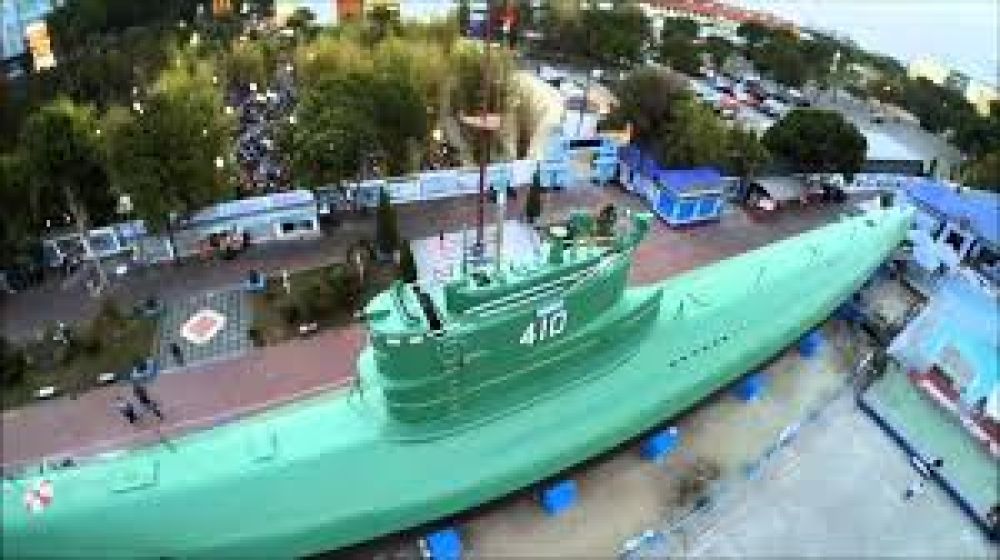

The Submarine Monument, locally known as Monumen Kapal Selam, is a historical site situated in the heart of Surabaya, the capital of East Java, Indonesia. It is a real retired Russian submarine named KRI Pasopati 410, which was part of the Indonesian Navy's fleet. The submarine played an active role during the Indonesian Navy operations, including the important battle to defend Indonesian sovereignty over West Papua.
Eventually retired from active duty, KRI Pasopati was transformed into a monument to educate the public and honor the service of Indonesia's naval forces. It was officially opened to the public as a museum on July 27, 1998. Since then, the Submarine Monument has become a symbol of pride and a popular attraction for both local and international tourists, providing an insightful look at the life of submariners and the intricacies of a submarine.
The introduction of the Monumen Kapal Selam has significantly contributed to the city's tourism offering, diversifying into military history and technology. Visitors to the monument get a rare opportunity to explore the interior of a submarine, gaining insights into the cramped conditions, operational complexity, and the bravery of the crew that once operated this underwater vessel.
Over the years, the number of visitors has increased, indicating a growing interest in historical and educational tourism. Tourists have rated the experience highly, often coupling a visit to the Submarine Monument with trips to other historical sites in Surabaya, such as the Heroes Monument and the Surabaya Museum.
Given the current global situation, tourism at attractions such as the Submarine Monument has seen a shift towards enhanced safety and health protocols. Efforts are being made to promote sustainable tourism practices in Surabaya, ensuring that historical attractions like the Submarine Monument are preserved for future generations.
There's also a move towards digital and virtual experiences, allowing people from around the world to explore the monument remotely. Innovative tourism strategies like virtual walkthroughs, augmented reality, and interactive mobile applications are becoming part of the experience, reflecting the latest trends in the tourism industry to provide enhanced accessibility.
The Submarine Monument continues to be an important educational tool and tourist destination. Plans for future development include the updating of facilities and the provision of more information and resources in multiple languages to cater to the international market. These initiatives promise to secure the Submarine Monument's positioning as a must-visit destination that offers a unique glimpse into naval history and technology amid the expanding tourism landscape of Surabaya, Indonesia.